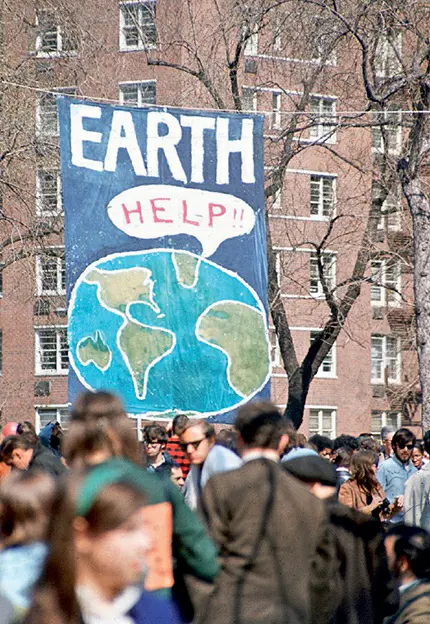Earth Day marks a pivotal moment in raising global environmental consciousness. Originating from the rapid industrial advancements and population growth of the nineteenth and twentieth centuries, this movement addresses the increasing detachment of urban populations from the environment and the resulting ecological decline. Key concerns include deforestation, pollution, and unsustainable resource exploitation.
The environmental activism surge of the 1960s, fueled by global mass communication, played a crucial role in sparking public awareness. Rachel Carson’s 1962 publication, “Silent Spring,” stands out as a watershed in environmental literature. It highlighted the adverse impacts of human activities on nature, catalyzing a broader environmental movement dedicated to ecological stewardship and awareness.
Earth Day, conceptualized by American public health professor Morton Hilbert and his colleagues, embodies this environmental awakening. First observed in April 1970, it was an initiative to emphasize humanity’s influence on the environment and our duty to foster a sustainable world for future generations. Since 1990, Earth Day, celebrated annually on April 22, has evolved into a global phenomenon. It encompasses various activities like educational symposiums, community clean-ups, and performances, orchestrated by over 5,000 environmental groups worldwide. These events aim to enhance environmental understanding and hold accountable entities that endanger our ecosystem, engaging millions in environmental activism.

